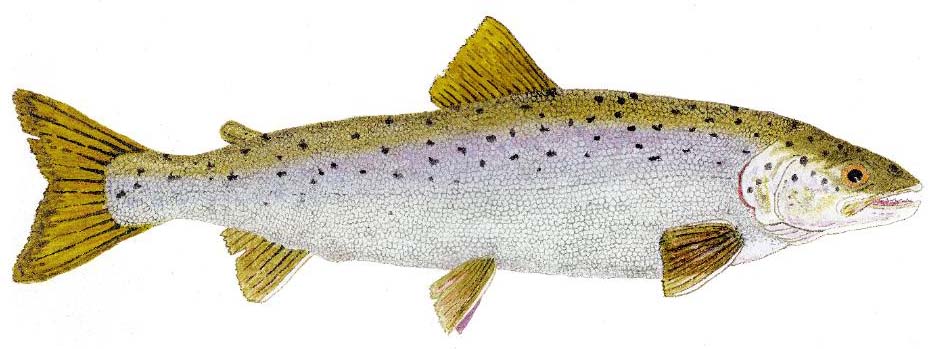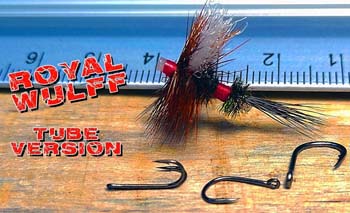
Thom Glace, internationally acclaimed watercolorist artist–Atlantic salmon.
It is hard not to like Matt O’Neal of Savage Flies

Rehoboth Beach August 2023.
By Skip Clement
Like many, I look forward to his Wednesday and Sunday tying ‘shows.’ His outgoing personality seems genuine, and his excellent tying skills make following along rewarding and enjoyable.
O’Neal also fishes several of his ties on video. That’s a first
The only negative of Savage is that there are no tube flies
NOTE: At 85, and in most continents, that fly caught more trout than I could ever count.

Matt O’Neal
The absence of saltwater flies
Saltwater flies are large, messy, and not as big an aesthetics problem. No nymphs, emergers, spinners, terrestrials, or #20s are needed in the salty stuff. Also, all the great tiers are freshwater-oriented because the species and tying audiences are more considerable. Almost every tying hack is from the hook-tied world.
That said, it does not mean Bill Curtis, George Sawley, Steve Huff, Diana Rudolf, Stu Apte, Chico Fernandez, Steve Kantner, and Sandy Moret are not or were not great saltwater fly tiers.
The problems of amateur tiers are also the same as tying tube flies. My co-tier clutch fellows and ladies say a better word for making a fly look good or bad is all about proportioning, which O’Neal stresses.
Making templates
Our tying group keeps discussing making sketches or charts related to hook sizes. Still, hook sizes fall into rejection territory by getting too big as a measure of a fly size, especially in clear water – fresh or salt.
It would be hard to count the fish-on yelps made using a smaller black carbon steel hook attached post-tying a fly (tube) and my buddy using a 2/0 versus my choice of smaller hooks, like #8 or #6. Additionally, the weight of the fly is almost always determined by the hook, so a lighter hook lends to a better cast. At least it’s easier if, for some reason, the latter is debatable.
This fly video by Matt shows a dry fly invented by Joe Brooks, who, according to Lefty Kreh, taught Lefty Kreh how to fly fish.

Sure Strike Special [Joe Brooks – 1958]

The Royal Wulff is one of the most famous and influential dry flies, which speaks of its enormous versatility and application in the fishing of many species worldwide. Its tube version improves the effectiveness of this great fly. The photo is a screenshot of Ruben Martin holding the tube Royal Wulff he just tied.






